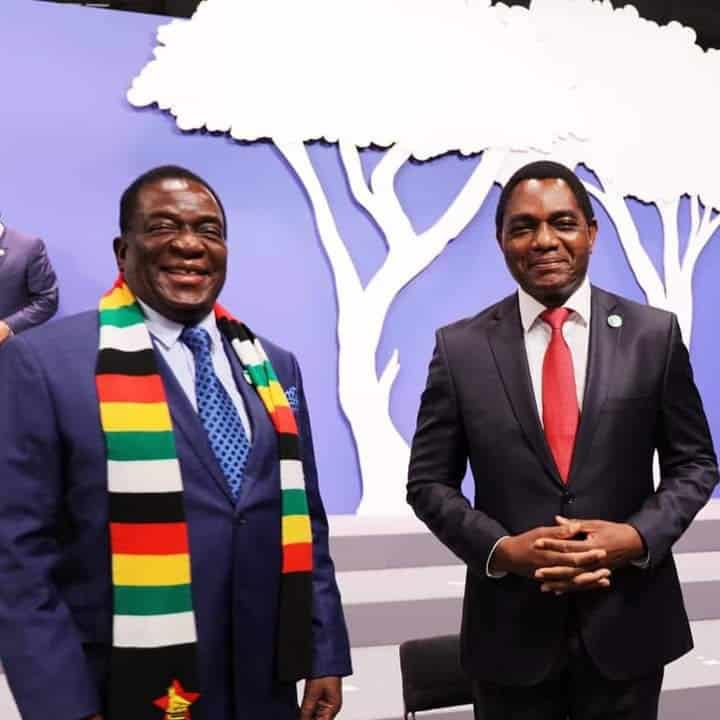Zimbabwe and Zambia share a lot in common socially, culturally and economically; this dates back from the colonial era.
As if that is not enough, the two countries even share same main source of power generation, Kariba Dam and same world wonder Victoria Falls.
At some point the two countries were bundled into one, Federation of Rhodesia and Nyasaland.
Since Zambian President Hakainde Hichilema came assumed power last year, he has achieved key performance indicators, especially on the exchange rate an indication of strong leadership and that people have faith in his leadership.
This is in stuck contrast to President Emmerson Mnangagwa, who has presided over the rapid loss of value of the local currency since he grabbed power in a military coup in 2017. The Kwacha has rallied against the United States dollar; it was US$1: K22.59 in July 2021, but it’s now US$1:K16.11.
“As the saying goes, when in doubt, observe the exchange rate. The lesson from history is that you cannot manage an economy with propaganda. In fact, you can engage in all the propaganda you want, but if the fundamentals are weak, the exchange rate will expose you,” Dr Mahamudu Bawumia, the Vice President of Ghana, who is also an economist said.
When Mnangagwa took over through a coup in Novenber 2017, the local quasi-currency bond note (now Zimdollar) was pegged 1:1 with the US dollar until February 2022. Now the exchange rate is officially US$1:ZW$546.8 although on the parallel at US$1:ZW$700.
In other words, as American applied economics professor Steve Hanke says, the Zimdollar is now on a death spiral, having lost 97.33% against the US dollar since January 2020, in the process becoming the second worst performing currency in the world after the Venezuelan Bolivar.
On the inflation front, Hichilema reduced inflation from 25.6% in August last year when he came in to 9.7% in July this year. -Newshawks













